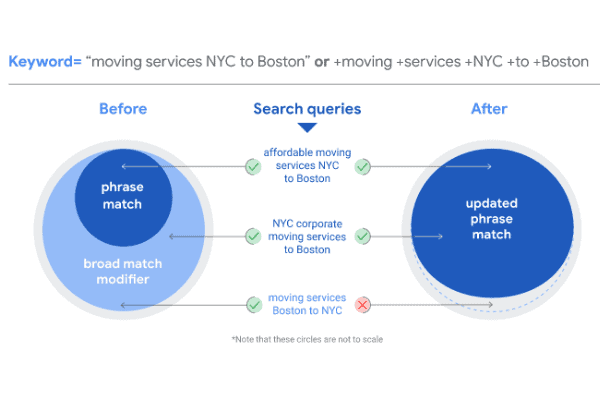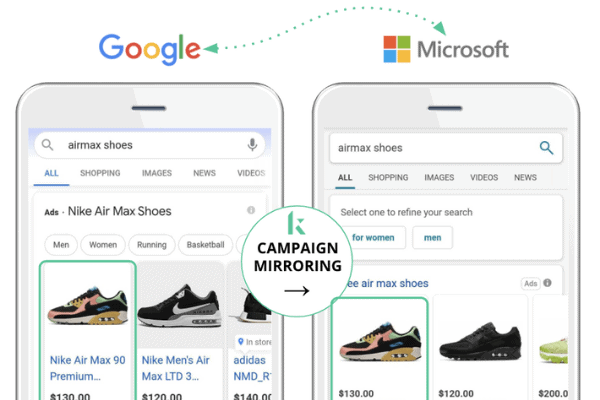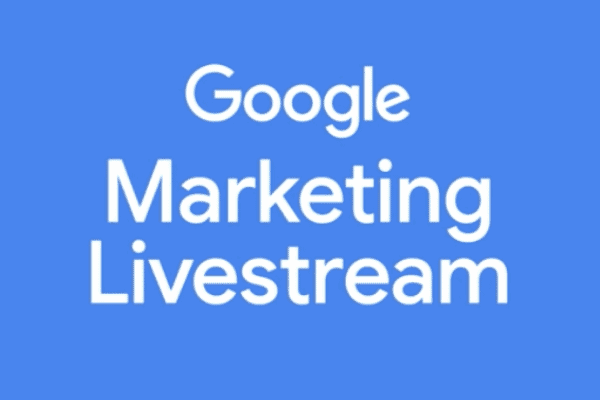Just as the pandemic has changed the ways in which people shop, it’s also changed the ways people search.
For example, two years ago, a local Chinese restaurant might be anticipating searchers asking for best chinese food in their neighborhood. But customers are now likely to be looking for chinese food delivery. However, in the coming months, as most of us get ready to shift our behavior once again, who knows how people are going to use search to locate goods and services.
That’s where Google Responsive Search Ads come into play.
Responsive Search Ads (RSAs) are the present—and future—of SEM
Whereas advertisers used to create headlines and body copy, then submit them in the order in which they intended the ad to run, creating multiple, stand-alone ads to be tested against each other, Google Responsive Search Ads switch up the formula a bit. Instead of writing and testing multiple variations of headlines and body copy in separate ads, using the Responsive Search Ad option in Google Ads, advertisers can now upload up to 15 headlines and 4 lines of description.
Each piece of these ads is then viewed as an “asset,” and those assets are rearranged by Google in order to find the combination that best suits searchers’ behavior. Having assets automatically optimized to find the right fit for both advertisers’ copy and searchers’ behavior means that Google Ads are more likely to find those who are actively looking for your business.
Below is an example from Google on how these combinations of headlines and descriptions can work together in combinations.
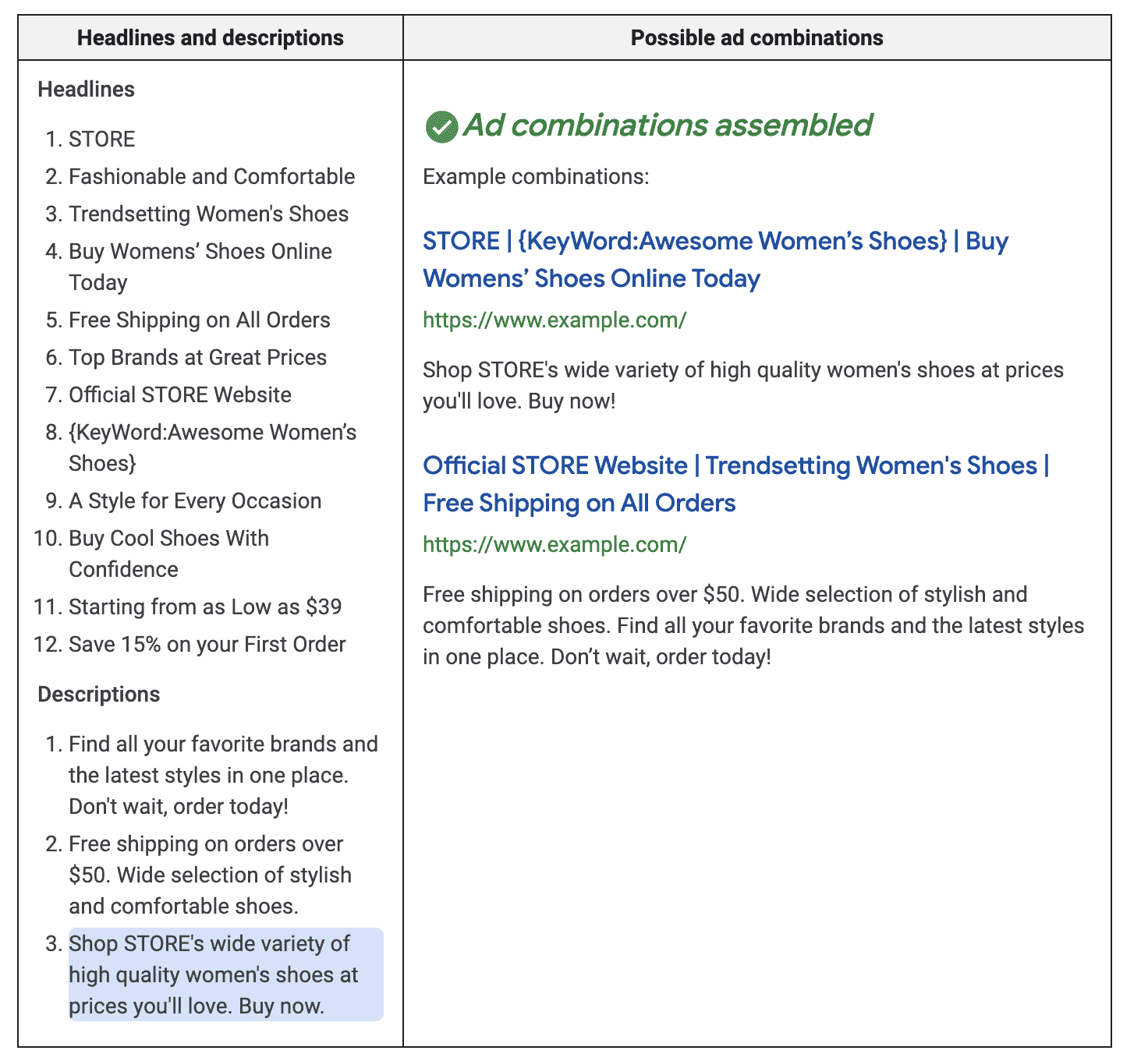
Leverage Google’s rich dataset to create customized ads
Google, of course, has access to one of the richest datasets in the world, and that dataset means a deeper understanding of constantly shifting search behavior. Automatically optimizing ads to meet those needs is one of the easiest ways for all businesses, but local businesses especially, to find the customers who are looking for them.
For example, according to Google, Canada-based travel website Swoop had to make huge adjustments to changing consumer behavior during the Covid-19 crisis, and used Responsive Search Ads to help make that shift. “Swoop saw bookings and revenue decline while searches for terms like “can i travel” and “safe to fly” surged,” Google reports.
In order to meet those changing needs, Swoop “included top performing keywords when creating assets to ensure the brand’s message resonated with potential customers.” Those keywords, coupled with the automatic configuration of assets based on Google data, Swoop managed a 71 percent increase in revenue and 61 percent more conversions.
Responsive Search Ads win attention
And though growing revenue is always important, making sure Google Ads get seen is the most immediate goal of any Google Ads campaign. However, if those ads turn up in irrelevant searches, the attention they earn likely won’t mean much.
Another early tester of Google Responsive Search Ads, marketing company 360i, understood they were looking for a very specific type of customer when they tested the ads to generate sign-ups for a consumer services client looking not just to bulk up its subscribers, but to connect with the right audiences. According to Google, the client saw an 11 percent increase in clicks and an 8 percent bump in conversions, simply by making the switch to Responsive Search Ads.
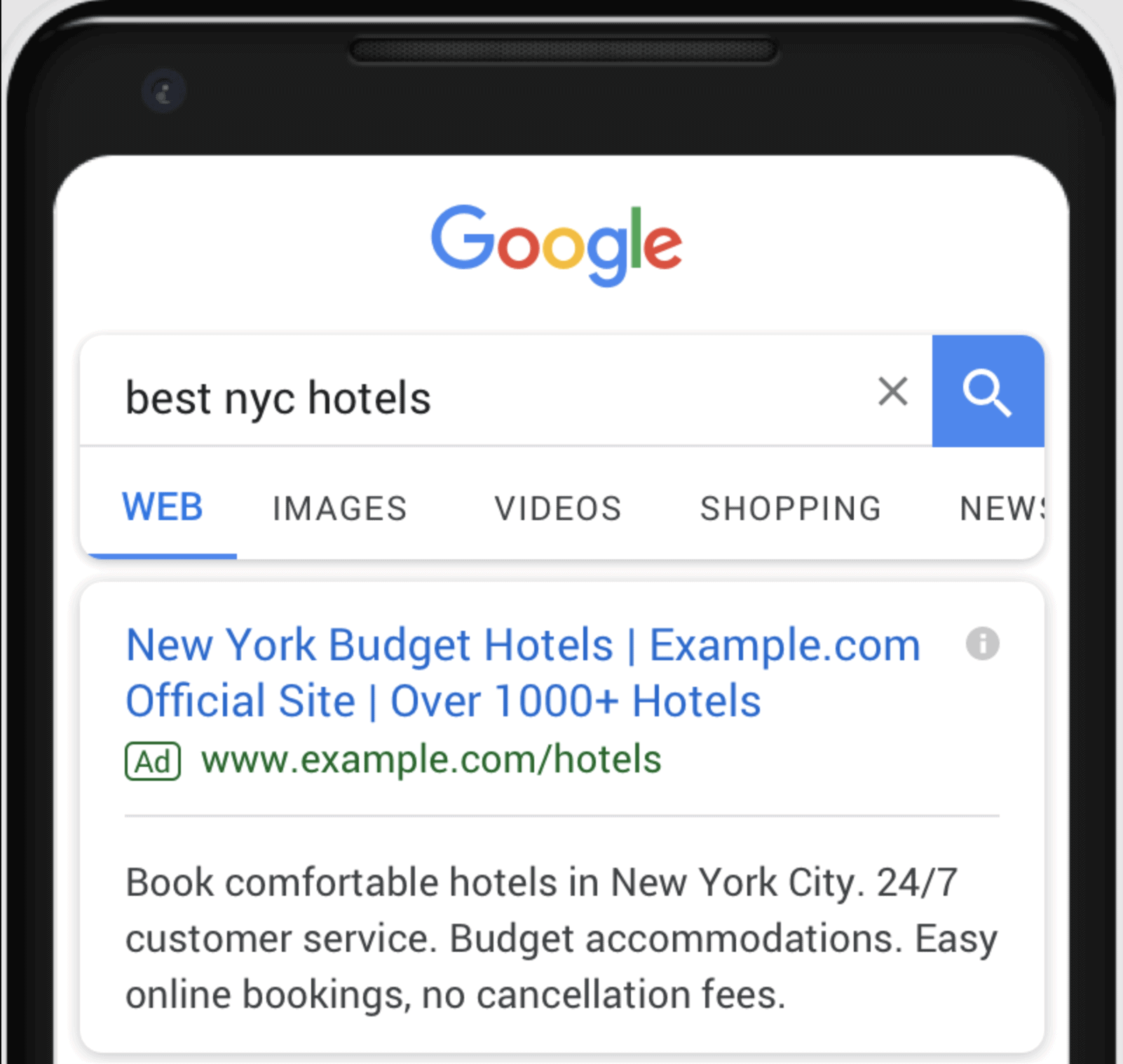
Benefits of Responsive Search Ads
Google lists the following benefits of RSAs on its help page for the topic:
- Create flexible ads that adapt to device widths, giving you more room to share your message with potential customers.
- Save time by providing multiple headlines and description options, then let Google Ads show the most relevant combinations to your customers.
- You can tailor your headlines and descriptions to your customers’ locations, regular locations or locations of interest.
- Reach more potential customers with multiple headlines and descriptions options that give your ads the opportunity to compete in more auctions and match more queries.
- Increase ad group performance by attracting more clicks and conversions that your existing text ads aren’t capturing because responsive search ads help you compete in more auctions.
Are you maximizing how Responsive Search Ads can impact your business?
Google is taking the guesswork out of testing by automating and adjusting in real time, which means that once advertisers get the hang of it, Responsive Search Ads should actually save the time spent planning, drafting, and testing ad copy.
Skai Search helps advertisers to drive performance, stay productive, and stay sharp with the campaign insights to enable data-driven decision-making.
For more information on how your business can automate your Google Ads strategy and find the right searchers to grow your business, read more here.


